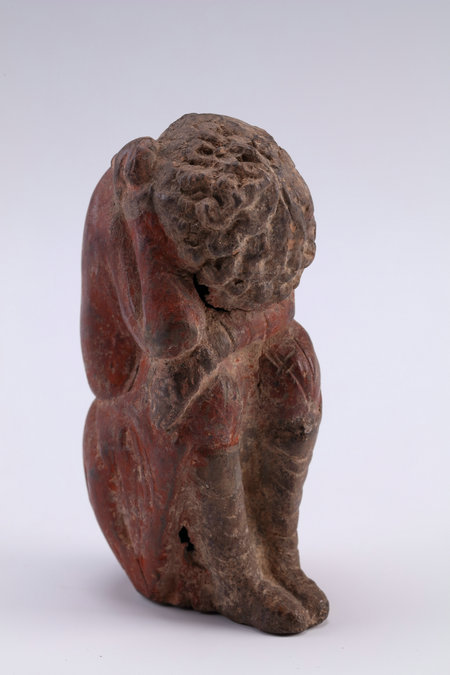In the steps of the enigmatic black dancers
By Zhao Xu | China Daily | Updated: 2018-05-26 10:31

"Some of my peers and predecessors have thought that these dark-skinned people, with curly hair, broad nose and thick lips, hailed from Africa. I believe they are more likely to have come from Southeast Asia, for example the Indonesian archipelago.
"Between the fourth and sixth centuries, to which the pottery figurine has been traced, the trade route between China and Africa merely connected the Chinese empire with Egypt. So there is a very slim possibility that these men came from the heart of the African continent. On the other hand, words about them, albeit scant, appeared in writings of the time in which they are portrayed as 'wearing shorts and being superb divers or fast mast-climbers'. These are the traits associated with islanders from Southeast Asia."
In fact, very little is known for sure about these "slaves", who are believed to have enjoyed a social status much higher than their designation suggests. These days their images appear as typical Tang Dynasty (618-907) polychrome ceramic figurines. Some are semi-naked, the lower part of the body wrapped in knee-length loin cloth, their signature suntanned skin shimmering under dim museum light.
























